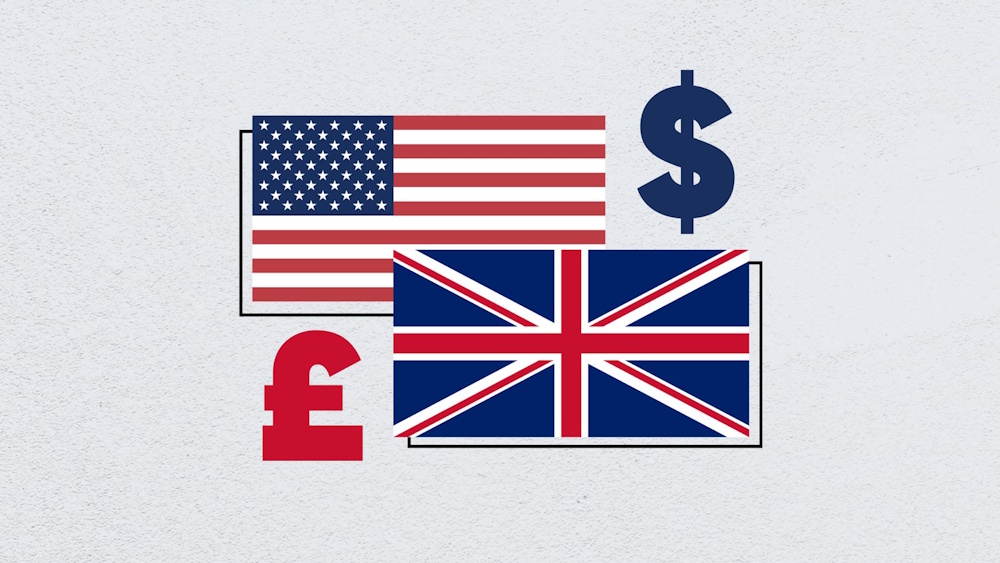The GBP/USD currency pair surged to 1.3512, marking its peak since September 24, as it continued a four-day rally fueled by a significant decline in the U.S. dollar. Sterling’s momentum was driven by disappointing U.S. labor data, increasing confidence in Federal Reserve rate cuts, and the political and economic turmoil stemming from the ongoing U.S. government shutdown. The action indicates a clear change in market sentiment as traders exit positions in the dollar, pushing the U.S. Dollar Index down to 97.50, approaching a one-week low. ADP private-sector payrolls reported an unexpected decline of 32,000 jobs in September, contrasting with forecasts that anticipated a gain of 50,000 jobs. The surprise deepened following the revision of August’s figures, which shifted from a previously reported increase of +54,000 to a decline of -3,000. The adjustment underscores ongoing vulnerability in U.S. employment patterns.
Economists had posited that Q2 growth approaching 3% would support job creation; however, companies are exhibiting a more cautious approach. The disappointing data significantly influences the anticipation surrounding Friday’s Non-Farm Payrolls release, which is already at risk due to the potential effects of the government shutdown on Bureau of Labor Statistics reporting. The manufacturing data did not offer any support for the dollar. The S&P Global Manufacturing PMI remained unchanged at 52.0, whereas the ISM measure saw a slight increase to 49.1, still falling short of the growth threshold. While this represented a slight enhancement from 48.7 in August, it still positioned the manufacturing sector within contraction territory. Traders reacted by further reducing the dollar’s value, especially in comparison to currencies that exhibit stronger macroeconomic fundamentals, such as the British pound. The increase in Sterling can be attributed not just to the weakness of the dollar, but also to robust domestic data.
The UK experienced a year-over-year GDP expansion of 1.4% in Q2, surpassing the consensus estimate of 1.2%, while maintaining a quarterly growth rate of 0.3%. The unexpected positive outcome countered the dovish remarks from BoE policymaker Dave Ramsden, who cautioned about the effects of restrictive policy on employment and investment. The robust GDP figure highlights the resilience of the UK economy, even amid stringent monetary conditions, and has provided the pound with further momentum, propelling it above the 1.3450 mark. The U.S. government shutdown has resulted in over 750,000 federal workers being placed on furlough, which is causing delays in critical economic data and exacerbating worries regarding fiscal mismanagement. Market participants express concern that, in the absence of timely releases—especially the September NFP—the Fed may depend significantly on private reports, which have already fallen short of expectations.
This structural uncertainty intensifies the pressure on the dollar and directly contributes to GBP/USD’s ascent toward the 1.3530–1.3600 resistance zone. Interest rate markets have intensified their predictions regarding Federal Reserve easing. Traders currently assign a 97% probability for a rate cut in October, along with a 76% probability for an additional cut in December. This signifies one of the most intense pricing cycles observed since the pandemic, significantly diminishing the dollar’s yield advantage. Sterling’s relative attractiveness increases in this scenario, despite the Bank of England encountering pressure to implement cuts in early 2026.

